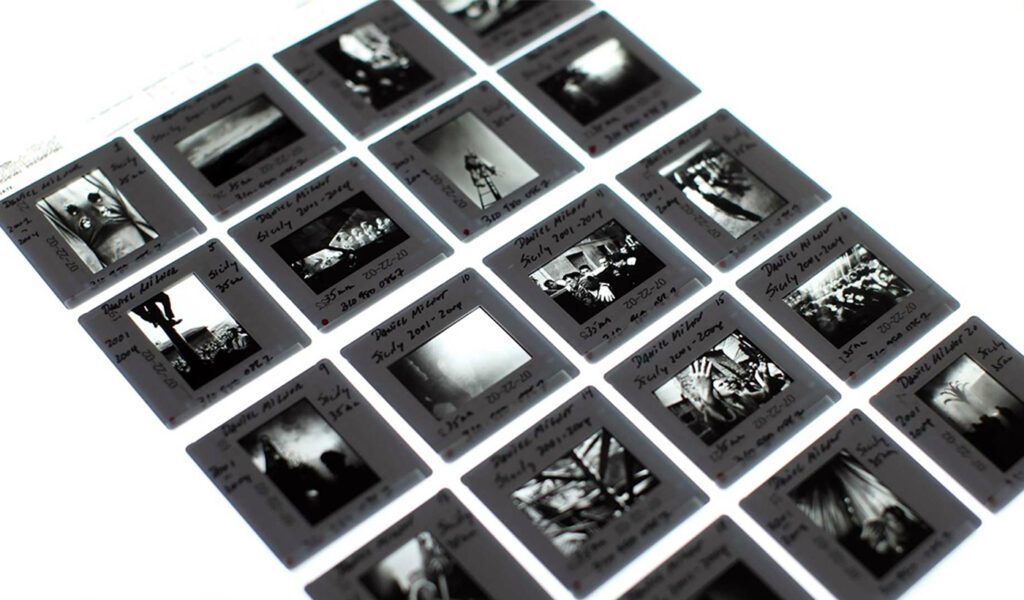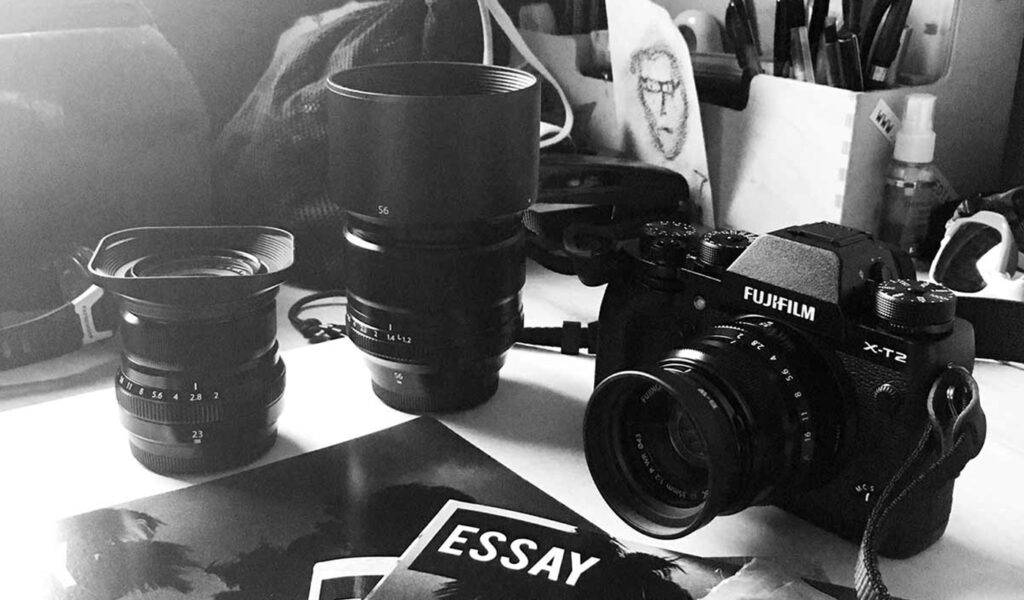Hit the Books with Dan Milnor: How Do I Get Recognized?
With the advent of the internet and social media, creatives suddenly gained access to a worldwide audience and launched into personal, direct communication with a global fan base. Yet the battle for recognition still rages, as people devote more time to self-marketing and creating a professional image. Followings, subscriptions, likes, and comments have become a driving force in announcing your arrival to the creative world. So how does one become recognized, marketable, or known?
01 What is the most important thing I can do to be recognized?
Great question and I’m glad it came first. The single most important thing you can do to get recognized is to learn to make original work. Original work means you have discovered how to make something that nobody else can make. This ability comes with inherent value and respect. Sometimes you walk into a gallery, see work on the wall and say, “I know who did that.” That’s what I’m talking about. Immediately identifiable work. It’s what the greats are after, always.
02 How long did it take you to find yourself creatively?
This answer is probably going to hurt, but it is the truth. Ten years. Ten years AFTER I graduated with a degree in photojournalism, so roughly fifteen years if you take into account my education. I was working those entire ten years but I was making other people’s images and doing their stories, not my own. On the surface, I might have looked successful, but inside I knew I hadn’t really determined who I was. So, I quit. I quit doing work for other people, only did my work for four years, and by the end of that time, I finally realized who I was.
03 How long does making original work take?
Everyone is different. Every generation there are a handful of creatives worldwide who are near geniuses. For some of these folks, it might come quickly. For the rest of us, it typically means hard work and lots of practice. Typically, the more time you spend on your craft, the quicker you will become better and more recognizable.

04 Are there shortcuts to finding who I am as a creative individual?
Not really. You can copy someone who happens to be hot at the moment, but that is a short-term plan and never works in the long run. Not only is copying someone not a respectable thing to do, but the people in the know realize immediately who you are copying. And the people who don’t know aren’t really the kind of clients you want to have in the long run anyway.

05 How do I best utilize social media?
Well, I know my views aren’t the norm. So, I would do what everyone tells you not to do. I would slow down. I would post when I have something relevant to say, and I would curate my offers to the highest degree. What you aim for with social media, which is nearly impossible, is undivided attention. If you are posting all day every day, you will never get this. So, post high level work when you have it. Be honest and be humorous if possible.
06 Is a website still relevant in 2022?
Yes, yes, and yes. A website YOURS, entirely yours. There is no marking, no advertising, no algorithm. It’s pure and solely what you want it to be. And sure, there will be clients who balk at having to visit a site, but these aren’t people you want to work with in the long run.
07 Are there any other “secrets” you can share?
For sure. This might sound like 1995, but one of the most important things you can do is to have an email newsletter. The data is there to support my feelings. A real, email database of people who have opted in to follow your work and career is a very powerful thing, and again, it is YOURS and does not belong to a third party. People who opt in for newsletters tend to really want to follow who you are and what you are doing, and at a depth that goes well beyond social media.
08 Are printed promotional pieces important in the Digital Age?
Believe it or not, print is still highly respected, especially the higher up the food chain you go—collectors, curators, institutions, etc. Print, when done well, is still a high-level calling card. Print shows you can encapsulate ideas, design your thoughts, and also shows you understand materials and budgets.

09 Do people still want to see print portfolios?
Yes and no. Each client will be different. Make sure your portfolio is user friendly and does not cost a fortune to ship. I tend to prefer smaller, more personal printed pieces I can send without expecting the object to be returned. Trade Books, Magazines, and printed postcard-type objects.
10 What happens if I don’t get recognized or known?
That’s okay. Most creatives, if you took a survey, would probably admit they aren’t as well-known as they would like. YOU JUST KEEP GOING. Do not get discouraged. Find a mentor. Talk, try new things, experiment, and take chances. Your creative life comes with a creative license. Take advantage!
Get more tips on creating a print portfolio and how to stand out as a creative.


This post doesn't have any comment. Be the first one!